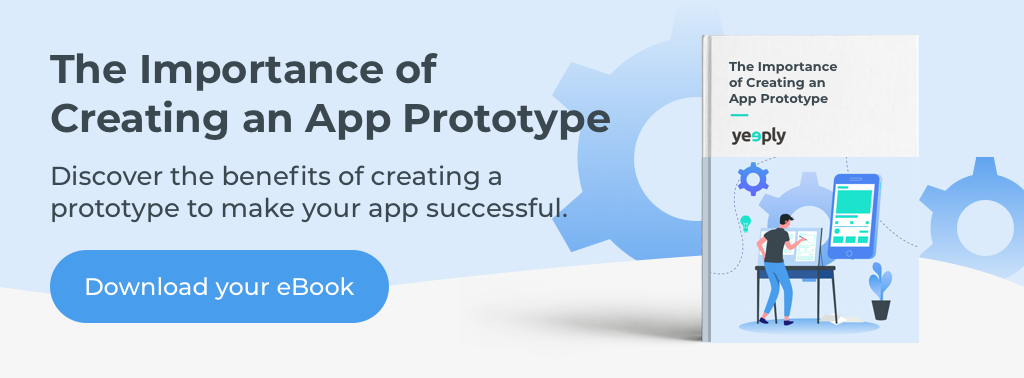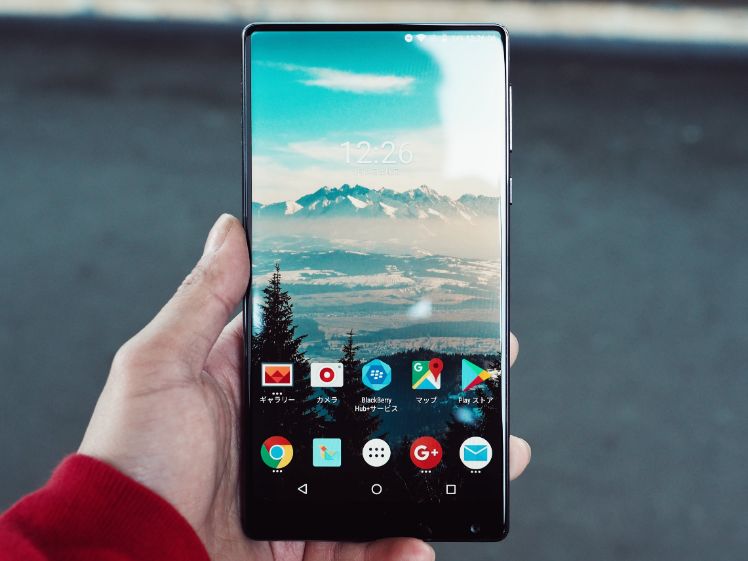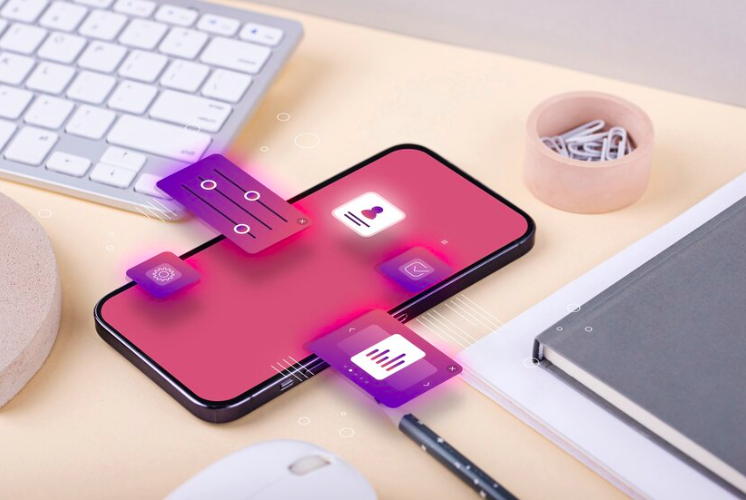Do you have a new project and need a custom app? Or maybe you already have a released app that you want to rethink completely. If you find yourself in this situation, you might not know where to start.
There are many decisions to make from deciding you want a custom app to having it ready to use on your mobile. We’ll tell you everything you need to create the app you want – take note!
Custom Application Types
One of the first decisions you should make before creating a custom app is to choose what type of application you need. In order for you to be able to decide for yourself, let’s take a look at the different types of apps, with their advantages and disadvantages.
1. Native Apps
Native apps are those that are designed to work on a specific operating system.
This implies that they must be developed in a specific programming language, depending on whether they are going to be used on an Android or iOS device.
To be able to use a native app, the user will need to download it from the official Google Play Store or Apple App Store.
Related content: How to Make an Android App? A step-by-step Guide
Perhaps you are wondering now, how do native apps influence the development of my custom app?
- On the one hand, the cost of development will increase. Because if you want it to be available for several operating systems, such as iOS or Android, you will need to have a version of the app for each operating system.
- Nevertheless, they are easier to distribute by doing so through the stores for publication.
- In addition, they lead to better user experience. For the reason that they are fully integrated into the operating system and are able to take advantage of all the features of the phone.
- Another plus is that they do not need to be continuously connected to the Internet to work.
- However, you must take into account not only the development time. It also takes some time to upload the app to a store, get it approved and published.
Native Apps are easier to distribute and offer a better experience without always being connected to the Internet
Related article | Custom Software Development: When and Why Does Your Company Need It?

2. Web Apps
Web applications are universal since they are designed to be used through a browser. They adapt to any device and do not need the approval of the app store to be published.
With all this, the costs of creation are reduced, since it is not necessary to use a specific programming language for each operating system.
However, some of their weaknesses are that their performance is lower in comparison to a native application. As they are universal, they require an internet connection to work.
3. Hybrid Apps
As its name implies, hybrid applications are a combination of the above.
To develop them it is necessary to use a web development language and a framework designed to create this type of apps.
This type of applications are also multi-platform (a.k.a. cross-platform) and the development process is quicker than if it were a native application, which reduces costs.
Hybrid applications can be installed from the App Store or Google Play Store and offer a better user experience compared to Web Apps.
Want to know more about the difference between native, web and hybrid apps? Check out this post: What are Native, Web and Hybrid Apps?
Tips for creating your custom application
We have already discussed the types of applications, so now it’s time to dig a little deeper.
If you want your custom app to be a success and, above all, if you need to optimise the development time and budget, you do not want to miss out on these tips:
1. Set a clear objective
Not all custom mobile applications are the same. Keep in mind what you want to achieve with it, who it’s aimed at and what your market is.
You might be interested: How to create applications? Step by step guide
Are you going to sell your products or services through the app? Do you need it to be available in several countries or in several languages? All these questions will help to define the objectives, scope and basic characteristics of your custom app.
Learn how to define your mobile app project in this article.

2. Look for a reliable development team
If you wouldn’t leave your health in anyone’s hands, why trust your custom app project to the first one that comes along?
The company you work with must be trustworthy, experienced in the respective field and have success stories similar to your app. All of this will help to make your project a success.
Many of the custom mobile applications developed by that team will be published in official app stores. It will be useful to download some of these applications and try them out, view its user ratings and the comments.
At Yeeply, we have years of experience developing mobile applications for companies ranging from SMEs to large brands. We count on the best certified professionals to develop custom applications for mobile devices – quickly, professionally and securely.
3. Create application drafts
Before deciding who is going to develop your application, get all the ideas out of your head. Simply make a sketch of what you want your app to look like and how the navigation is going to be.
You should pass on as much information as possible to the development team
This will not only help to define the details of your application but also to prevent you forget including important functionalities. Besides, it will make it easier to pass all the information on your app to the development team.
It is not necessary to create professional sketches of your app (a.k.a. mockups) yourself. So, in most cases, the ideal situation would be to find someone who can design wireframes or a prototype for you.
Lastly, we suggest you check this guide to creating mobile apps.
Related content: How to define the lifecycle of mobile software development
4. Don’t forget about the design
Design is very important when considering the development of mobile applications for businesses.
The design must always be in relation to the audience to which your custom application is addressed.
It should be attractive but without neglecting usability: the simpler your app is, the more chances of success.
If you want to go a step further, learn how to promote an app using ASO and SEO.

5. Test the application
As mentioned before, the wireframe allows you to simulate how the user will navigate through the application.
Asking other people from your work or even from your personal environment to test it, will allow you to see how they react to the application.
This information is very useful, as it allows you to check if the design is attractive if the application is intuitive or collect feedback that can be implemented in the development phase.
This test should be repeated when the custom application is finished, before publishing it, to detect possible errors before launching it.
Learn more about the development of your app: The 6 Most Common Mistakes to Avoid When Creating an App for Your Business
The conclusion to successfully launch a custom app
One of the most important aspects to ensure the success of your custom app is to surround yourself with good professionals.
If you are too busy to find suppliers and want a company with guarantees to carry out your project, trust Yeeply.
Since 2012, we have carried out more than 1000 projects successfully for startups, SMEs and large companies.
Each month we analyze the technological needs of hundreds of companies, which we connect with the most suitable certified professionals.
In addition, our certified teams are located in more than 40 countries around the world. This enables us to offer each customer the best tailor-made solution.
How to get started with Yeeply? It’s very simple:
- Tell us how you want your application to be
- Our matching algorithm will find you the most suitable team
- Within a short period of time, you receive one or more proposals
- Let our team guide you through the entire process and triumph with your custom app








